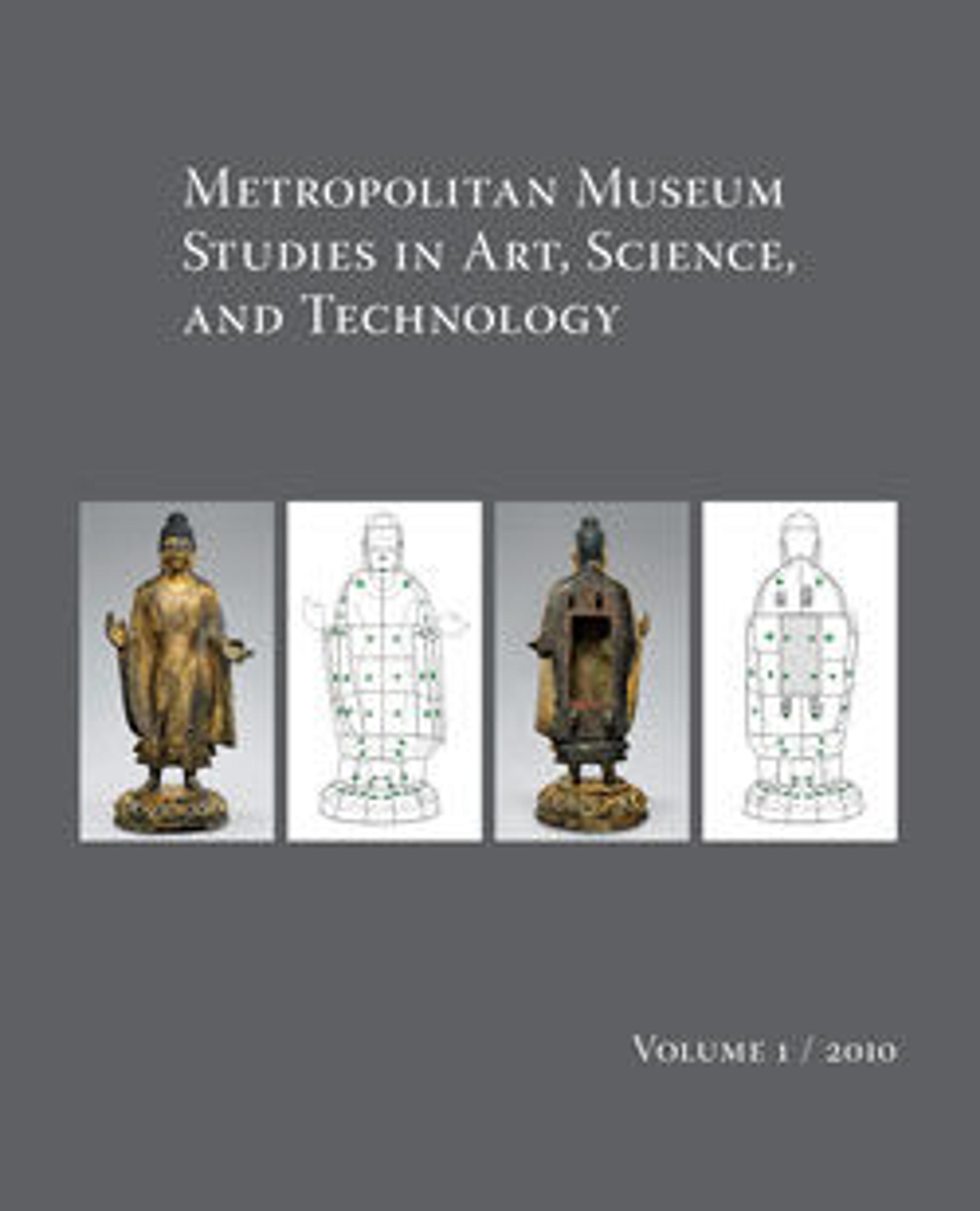Large Kneeling Statue of Hatshepsut
On the upper terrace of Hatshepsut's temple at Deir el-Bahri, the central sanctuary was dedicated to the god Amun-Re, whose principal place of worship was Karnak temple, located across the Nile, on the east bank of the river. During a yearly festival, called the Beautiful Feast of the Valley, the god's image was transported across the river to the west bank. Carrying the god in his sacred barque, the festival procession followed a roadway lined with sphinxes that led to Hatshepsut’s temple. On the middle terrace, the pathway was flanked by colossal kneeling statues that represented Hatshepsut as the ideal Egyptian king - a young man in the prime of life.
Some of the statues were depicted wearing the white crown of Upper Egypt (30.3.1). Others, like this one and 30.3.2, wear the nemes-headcloth. Hatshepsut also wears the false beard and shendyt-kilt that are part of the regalia of a king. Looking at the side of her face it's possible to see the strap that holds this false beard in place (fig. 1). The inscription on this statue indicates that Hatshepsut is offering Amun Maat (translated as order, truth, or justice). By making this offering, Hatshepsut affirms that Maat is the guiding principal of her reign.
The fragments of these statues were discovered during several seasons of excavations by the Museum’s Egyptian Expedition. The statues were reassembled as much as possible in the field (see attached photographs). In the division of finds, the most complete examples were sent to the Egyptian Museum in Cairo. Fragments of the statues given to the Metropolitan Museum were reconstructed in New York by attaching them to metal armatures and filling in the gaps with plaster (Figs. 2–4). Although the plaster has been tinted to blend with the stone, it is possible to distinguish the original stone fragments from the plaster fill.
Some of the statues were depicted wearing the white crown of Upper Egypt (30.3.1). Others, like this one and 30.3.2, wear the nemes-headcloth. Hatshepsut also wears the false beard and shendyt-kilt that are part of the regalia of a king. Looking at the side of her face it's possible to see the strap that holds this false beard in place (fig. 1). The inscription on this statue indicates that Hatshepsut is offering Amun Maat (translated as order, truth, or justice). By making this offering, Hatshepsut affirms that Maat is the guiding principal of her reign.
The fragments of these statues were discovered during several seasons of excavations by the Museum’s Egyptian Expedition. The statues were reassembled as much as possible in the field (see attached photographs). In the division of finds, the most complete examples were sent to the Egyptian Museum in Cairo. Fragments of the statues given to the Metropolitan Museum were reconstructed in New York by attaching them to metal armatures and filling in the gaps with plaster (Figs. 2–4). Although the plaster has been tinted to blend with the stone, it is possible to distinguish the original stone fragments from the plaster fill.
Artwork Details
- Title:Large Kneeling Statue of Hatshepsut
- Period:New Kingdom
- Dynasty:Dynasty 18
- Reign:Joint reign of Hatshepsut and Thutmose III
- Date:ca. 1479–1458 B.C.
- Geography:From Egypt, Upper Egypt, Thebes, Deir el-Bahri, Senenmut Quarry, MMA excavations, 1927–28
- Medium:Granite
- Dimensions:H. 261.5 cm (102 15/16 in.); W. 80 cm (31 1/2 in.); D. 137 cm (53 15/16 in.)
- Credit Line:Rogers Fund, 1929
- Object Number:29.3.1
- Curatorial Department: Egyptian Art
More Artwork
Research Resources
The Met provides unparalleled resources for research and welcomes an international community of students and scholars. The Met's Open Access API is where creators and researchers can connect to the The Met collection. Open Access data and public domain images are available for unrestricted commercial and noncommercial use without permission or fee.
To request images under copyright and other restrictions, please use this Image Request form.
Feedback
We continue to research and examine historical and cultural context for objects in The Met collection. If you have comments or questions about this object record, please contact us using the form below. The Museum looks forward to receiving your comments.
